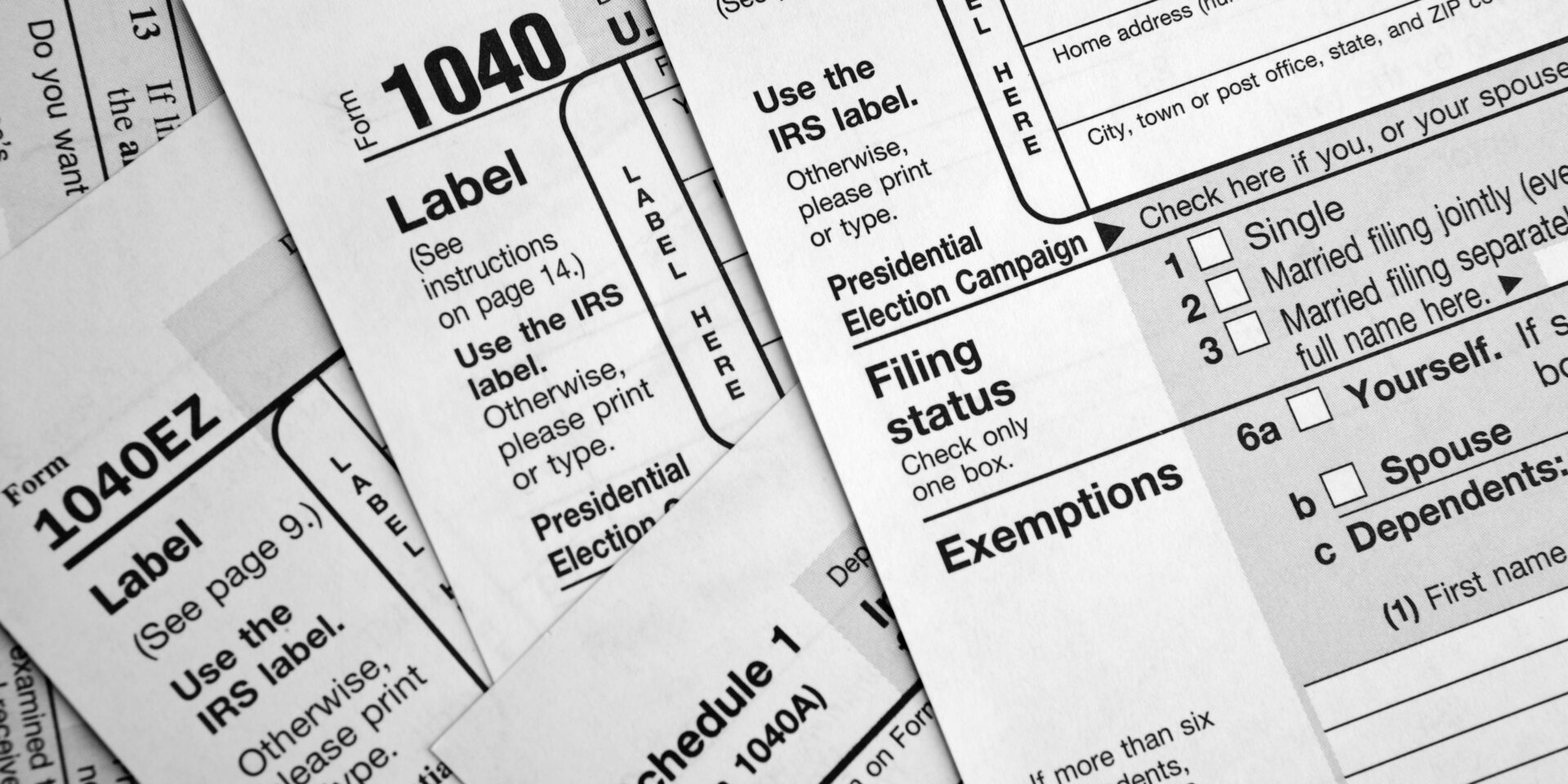Language:
How to Start a Daycare Business

Some parents love when their kids pop up in their Zoom meetings. Others, particularly those who work full-time, are trying to find a way to balance both without losing control.
In the background, you’ve been dreaming up the perfect solution: a daycare business! You have the passion and skills, and now that you’re here, you’ll have the strategy to get started.
Why Start a Daycare Business?
Daycares are vital, helping communities simultaneously allow families to work while providing a safe space for children. Daycares are particularly special compared to babysitters because it establishes a routine for kids, a group of friends for them to play with, and other toys and games outside of what’s at their house. Opening daycare centers in childcare deserts is crucial to families that have little-to-no options to care for their children, threatening their job security for a lack of help.
How Much Does It Cost to Start a Daycare Business?
There are generally two types of daycare businesses you can run: an at-home business and a storefront. Expect home child care centers to cost maybe a few thousand dollars— considering you already have the space you need to make your home into a space— and a storefront a few tens of thousands of dollars to account for supplies and space.
15 Steps to Starting a Daycare Business
If you’re reading and thinking “yep, I can do that!” then let’s continue. Being a future daycare business owner looks good on you already.
1. Research the Regulations and Requirements
Each state has its own daycare regulations; while we’d love to give you all the information here, it would seem like an infinite scroll, and might not be up-to-date with the ever-changing regulations. Your best bet is to type in “daycare regulations in [your state]” in a search engine to get the most accurate information about where you live.
For example, in South Carolina, there are 4 types of childcare definitions, one of which you have to fall into to call yourself a childcare provider:
- Group Child Care Home — Licensed for between 7-12 kids in the childcare operator’s home
- Child Care Center — Licensed for 13 or more children; this can be a commercial center, a faith-based center, or a school-based center
- Family Child Care Home — Licensed for 6 children or fewer in the operator’s home; they have to be registered, but don’t have to be licensed
- Legally-Exempt Operations — Open less than 4 hours a day or open on school holidays
2. Develop a Business Plan
Knowing the type of childcare service you’ll be can help you plan your business even more— through a well-crafted daycare business plan. There’s no one way to write a business plan, but as a childcare provider, consider some of these aspects to touch on:
- Needs Assessment/Market Research — Identify what types of families in the area need childcare, whether you’re located in a childcare desert, or are planning to have some local competitors
- Financial Plan — Project how much you’d like to make in the first year, and build a budget and pricing structure around it based on what makes sense in your location and area
- Licenses and Requirements — Consider the time it’ll take and the cost it will be to acquire the licenses that will ensure you’re running your business legally
- Policies — Write up policies you’d like to instill in the classroom that aligns with the reason you started your business in the first place. Specify if you’re using a particular educational mode, like Montessori, in your space
3. Identify Your Target Market
While you’ll likely start identifying this when writing up your business plan and figuring out your school’s model, get even more specific with your target market. Maybe you’re looking to provide lower-income families an affordable place to leave their kids so they can continue earning. Or, maybe your daycare facility targets mid to higher-income families.
4. Establish Your Business Operations
Daycares have a slew of ideologies for how they run their businesses. Now’s the time to consider more specifics about your business, like the:
Method — Do you want to instill Montessori, Waldorf, or Reggio Amalia methods, or do you want to run with your own rules? Think about how that’ll affect the layout and budget needs of your daycare.
Curriculum — Will you offer programs outside of generalized supervision in your space, like language, music, or cooking?
Family Engagement and Interaction — Do you want to incorporate family interaction into the equation, like hosting daddy/daughter nights or inviting art shows?
Indoor + Outdoor Environment — Will you have an outdoor play area for the kids along with an indoor play area? How will both of them be designed?
5. Budget Projected Costs
Your target market can be a good guiding light toward how you’ll budget projected costs. Generally— though not always— you’ll be paying fewer costs as a home daycare than you will in a storefront. Think about the expenses you’ll have, like:
- Storefront rent (if needed)
- Toys and crafts
- Diapers, pee pads, and other baby and toddler necessities
- Cribs and bedding
- Food and snacks
- Insurance
- Teacher and daycare assistants
6. Create a Pricing Structure
Daycare center pricing structures generally vary. You could have:
Tuition-Based, which will likely be a monthly or yearly payment that covers the full month or year cost of attending.
Per Week (full-time or part-time), which could include a set amount of days like Monday — Friday and full-time hours like 8am-4pm or part-time hours like 9am-12pm or 12pm-3pm.
Per Day, which is a one-off cost for a parent who needs help for a full or half day.
7. Create a Marketing Strategy and Market Your Daycare Business
When creating a market strategy, go back to your target market. If you know who they are, you’ll know where they’re hanging out in person, be it the YMCA, the hot yoga studio, the office suite in the town center, and Facebook groups.
Use the power of free marketing through Facebook and Instagram and start partnering with local businesses to get the word out there about your services through posters, brochures, and business cards inside their shops.
Once you’ve built your business even more, create a website, invest in pay-per-click advertising, and create a blog that brings in more traffic through Search Engine Optimization (SEO).
8. Name of Business
Naming your daycare business should 1. speak to your target market, and 2. be clear. The Fun Place could be a nice name, but it could also be the name for an indoor playground or children’s museum. The Fun Place Daycare could be a simple way to specify exactly what you’re doing while showing yourself to your target market as a place for kids to enjoy themselves.
9. Choose Your Business Structure
Naming your business is the perfect way to start the next step: choosing your business structure. You’ll probably start with a smaller business entity like an LLC at first, but let’s list out a few popular ones so you’re in the know:
Sole Proprietorship and General Partnership
Unincorporated; they don’t require paperwork or forming but also don’t protect your personal assets against legal issues that could come against your business. A sole prop is for a single owner, and a general partnership is for more than 1 business owner. Probably not the best choice since if a parent chooses to sue, they could come for your personal belongings, not your business belongings.
Limited Liability Company (LLC)
Incorporated; requires paperwork and filing but gives you an Employer Identification Number (EIN) that allows you to open a business bank account. It also protects your personal liabilities, creating a formal business structure to protect you from any liabilities. This is a common way to start small businesses like daycares!
Limited Partnership
Two or more entrepreneurs go into business together but are only held liable for the amount of money they invested in their childcare business.
Corporation
Incorporated; an S Corporation has fewer than 100 shareholders and a C Corporation, which is for larger organizations and is owned by stockholders. You probably won’t be filing as a C-corp, but might file your LLC as an S-corp in the future if that’s ever needed.
10. Find a Suitable Location
Your location should take into account the square footage, the surrounding area, and the geographical location. Square footage will let you know how many kids you can reasonably have in your daycare, and keeping a well-kept area surrounding your space will make parents confidently drop their kids off without worrying about any dangers. Your geographical area will determine how simple it’ll be for families to pick up and drop off their kids, particularly before and after work hours or in between errands.
11. Secure Financing
If you’re starting your daycare from home, securing financing might just be a matter of saving up some money before officially opening to budget for startup costs of equipment and legal requirements. If you’re leasing out a storefront and would rather borrow money, you can look to banks, the Small Business Administration (SBA), or private investors that could provide you with a loan to get started.
12. Register Your Business
Use a business formation company like doola to start your business, or go to your state’s Secretary of State website to register yourself.
13. Obtain Licenses and Insurance
Click back to your state’s license and insurance necessities for daycares to make sure you’re up to the state’s regulations. Looking back at our South Carolina example, you’ll need several documents, including a Criminal Background Check Questionnaire, an Application to Operate a Childcare Facility, and Staff Health Assessment.
For insurance, browse through sites like Insureon for general liability insurance which protects against bodily injury lawsuits, and other insurance policies that will protect your business.
14. Open a Business Bank Account
Open a business bank account to make it easier to identify write-offs to minimize your taxes. doola has its own fee-free global Visa business account that’s perfect for any sticker-loving entrepreneur.
15. Prepare Your Daycare Center and Hire and Train Employees When You’re Ready
Now’s the time to get your daycare started. You’ve purchased all your necessities, and you’re ready to invite kiddos in to play! Design your space and make sure it’s up to code in your state. When you’re ready, start hiring employees with experience and educational backgrounds to best support the children. Establish your own training program to onboard them or budget for higher-qualified daycare professionals who are certified in a childcare or teaching method.
Your Daycare + doola = Every Child’s Dream
Stay focused on running your daycare and let us handle your finances for you. doola’s bookkeeping services can help you manage your daycare’s finances so you can manage the best part, serving the children.
FAQs
Is a daycare a good business to start?
Daycares are wonderful businesses to start, particularly because 1 in 3 parents can’t find the childcare they need.
How do I become a successful daycare owner?
Focus on your “why,” and listen to your parents and employees. Consider the children’s experience first and prioritize making sure they’re comfortable and happy. The money will come when you’re passionate about what you do.
How much does daycare cost?
According to Care.com’s Cost of Care survey, the cost of a childcare center for an infant in 2021 is $226 per week.
How do daycares make money?
Daycares make money by charging families for their services, usually per week or per hour when their child is at the daycare.
Keep reading
Start your dream business and keep it 100% compliant
Turn your dream idea into your dream business.

















